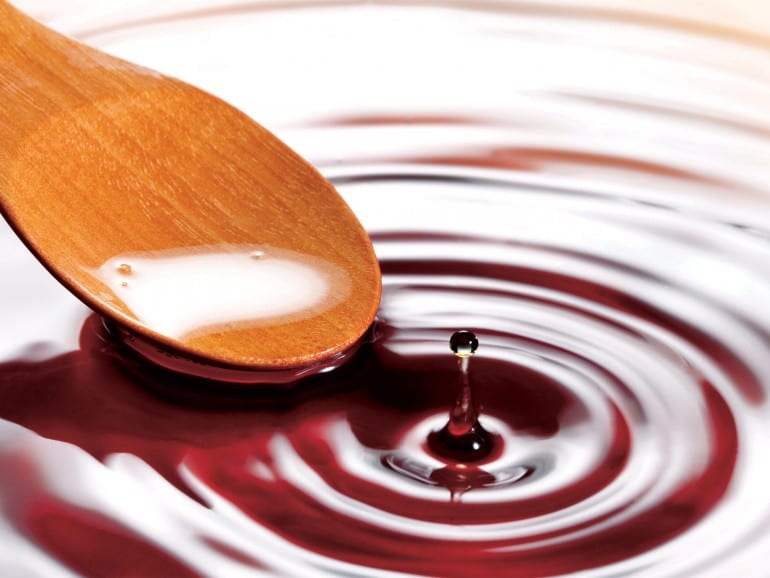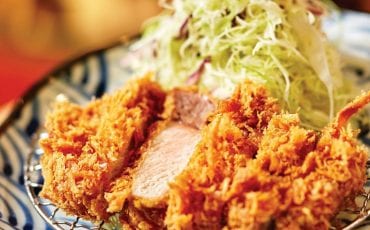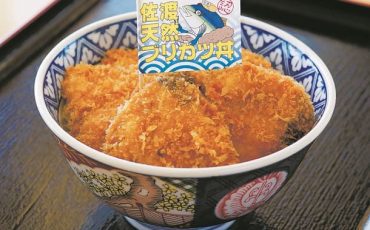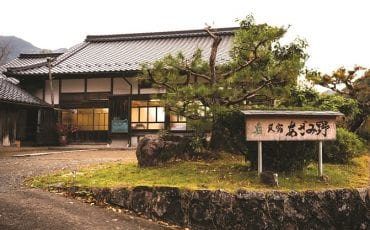- OISHII
- OISHII Wiki
- Ingredients
- Komezu
OISHII Wiki
Ingredients
Komezu
There are two main types of komezu, Japanese rice vinegar – blended (awasezu) and unseasoned. The former usually has sake, sugar, and salt added whereas a pure rice vinegar is less acidic and tastes slightly sweet.

The general consensus among cooks is that brewed Japanese rice vinegar has a milder flavour compared to say, cider vinegar or distilled vinegar. This is because Japanese rice vinegar contains the least amount of acetic acid – between 4 to 4.3 percent. Distilled and cider vinegars usually have about 5 percent acidity while wine vinegar has acid levels as high as 7 percent. However, the milder flavour of Japanese rice vinegar does not just lie in its lower acidity, but in its balanced and nuanced complexity. This complex taste profile is a result of its biologically complicated manufacturing process. One of the most popular variants among Japanese families is the classic Mizkan Rice Vinegar, which is still brewed using the traditional Mizkan manufacturing process that originated in Japan over 200 years ago.
One of the ways of enjoying Japanese rice vinegar is as a healthier alternative for vinaigrettes. As it has a less pungent flavour, you can use a higher ratio of vinegar to oil. This refreshing and palatable condiment is best enjoyed sprinkled over raw or cooked vegetables, or even on potatoes and pasta.
Aside from enhancing the taste profile of certain dishes, vinegars can also help to reduce bitterness and balance out the dishfs flavours. Vinegar also helps break down protein fibers so if you need to tenderise meat, try adding Japanese vinegar into your marinade or braising liquid. Or, if you need to improve the colour of vegetables, a dash of Japanese vinegar into the pot of water should do the trick.









